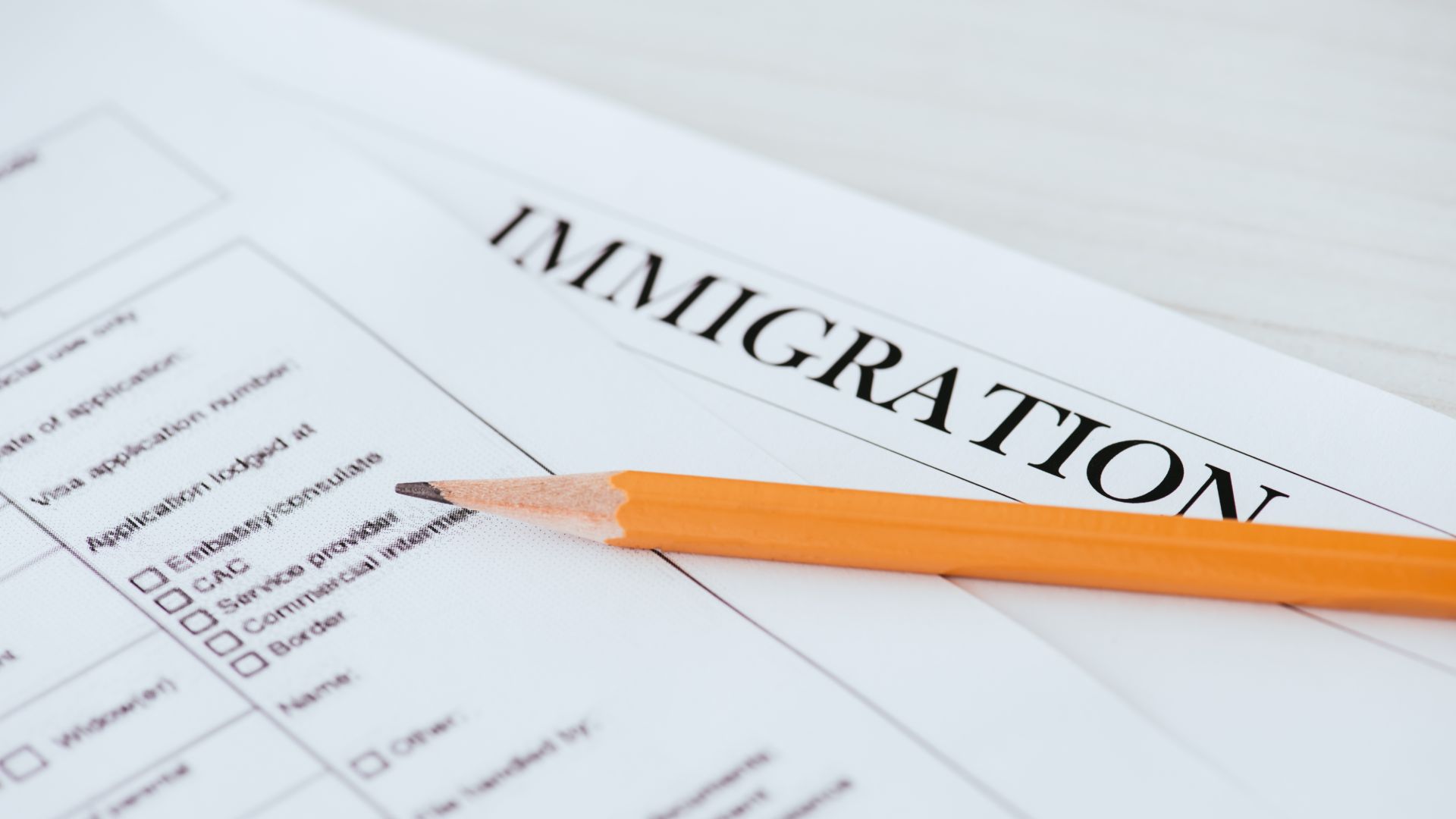Traveling abroad has become more accessible and convenient thanks to technological advancements, one of the most significant being the introduction of e-visas. The e-visa system, or electronic visa, allows travelers to apply for and receive a visa online without needing to visit embassies or consulates. In this guide, we’ll explore everything you need to know about e-visas, from how they work and their advantages to the application process and tips for successful approval.
What is an E-Visa?
An e-visa is an official government-issued document that allows foreign nationals to enter a country for a specific purpose, such as tourism, business, or medical treatment. The key difference between a traditional visa and an e-visa lies in the application process. With an e-visa, travelers can apply online, upload necessary documents, and receive the visa via email—all from the comfort of their homes.
E-visas were first introduced in the early 2000s, and since then, the number of countries offering e-visa services has grown rapidly. Countries like India, Turkey, Australia, and Vietnam have fully integrated e-visa systems, offering a hassle-free alternative to traditional visa applications. E-visas typically function as short-term visas, valid for a limited period, often ranging from 30 days to 6 months.
Not all countries offer e-visas, and eligibility criteria vary from one destination to another. However, for many frequent travelers, e-visas have proven to be a game-changer, saving time, reducing stress, and simplifying international travel.
The Benefits of Using E-Visas
E-visas provide several advantages, making them a preferred option for many travelers. First and foremost is convenience. Applying for an e-visa eliminates the need to visit a consulate, deal with paperwork, and wait in long queues. Travelers can submit their applications from anywhere in the world, making it especially useful for those who live far from embassies or consulates.
Another significant advantage is the speed of processing. While traditional visa applications can take weeks, e-visas are often processed within a few days or even hours. This expedited process makes e-visas ideal for last-minute travel plans or urgent business trips.
E-visas also reduce the risk of errors or lost documents. With everything managed digitally, travelers don’t have to worry about submitting incomplete forms, losing their passports in the mail, or missing essential paperwork. Many e-visa platforms also offer real-time status tracking, allowing applicants to stay informed throughout the process.
Moreover, e-visas are generally more cost-effective. The elimination of in-person appointments and postal services can reduce fees, making it a more budget-friendly option. However, travelers should be aware that some countries may charge higher processing fees for e-visas, so it’s essential to compare the costs before applying.
How to Apply for an E-Visa: A Step-by-Step Guide
The application process for an e-visa is straightforward and user-friendly. However, ensuring all steps are completed correctly is crucial to avoid delays or rejections. Here’s a detailed breakdown of the typical e-visa application process:
- Research Eligibility: Before applying, check if your destination country offers e-visas and whether your nationality is eligible. Some countries restrict e-visas to specific nationalities, so it’s essential to verify this information on the official government website.
- Gather Required Documents: Most e-visa applications require standard travel documents such as a passport, passport-sized photographs, and sometimes proof of accommodation or a return flight. Ensure your passport is valid for at least six months from your intended travel date, as many countries enforce this rule strictly.
- Complete the Online Application: Visit the official e-visa portal for your destination country and fill out the application form. This will typically include personal information, travel dates, and the purpose of your visit. Double-check all details to avoid errors, as mistakes can lead to rejection or delays.
- Upload Supporting Documents: After filling out the application, upload the required documents. Some countries may require additional paperwork, such as a letter of invitation for business visits or proof of health insurance.
- Pay the Visa Fee: Most e-visa platforms accept payments via credit or debit card. Fees vary depending on the country, visa type, and processing speed. Ensure your payment is completed and confirmed to move forward in the process.
- Receive Your E-Visa via Email: Once your application is processed and approved, you will receive the e-visa via email. Print a copy of the visa and keep it with you during your travels, as you may need to present it upon entry.
By following these steps and preparing your documents ahead of time, you can significantly streamline the process and ensure a smooth experience.
Common Challenges and How to Avoid Them
While the e-visa system is designed for convenience, there are still some challenges travelers may encounter. One of the most common issues is incomplete or inaccurate applications. Mistakes in personal information, passport numbers, or travel dates can result in a rejected application, forcing travelers to reapply and potentially miss their intended travel date.
To avoid such issues, applicants should double-check all information before submitting the application. Additionally, keeping copies of all submitted documents can help resolve any discrepancies more quickly.
Another potential challenge is the timing of the application. While e-visas are often processed quickly, applying too late can result in unnecessary stress or missed deadlines. It’s always recommended to apply at least one to two weeks before your departure, even if the country offers expedited services.
Some travelers also struggle with unreliable third-party websites offering e-visa services. These sites often charge inflated fees and may not guarantee a valid visa. To avoid falling victim to scams, always apply through the official government website or a trusted travel agency.
Finally, travelers should be aware that not all airports or border crossings accept e-visas. Some countries limit entry with an e-visa to specific points of entry, so it’s crucial to verify this information before traveling.
Countries Offering E-Visa Options in 2024
As the popularity of e-visas grows, more countries are adopting electronic visa systems. Here are some notable countries that offer e-visas in 2024:
- India: India’s e-visa system is one of the most comprehensive, offering visas for tourism, business, and medical visits. Eligible travelers can stay in India for up to 60 days with a double-entry visa.
- Turkey: Turkey’s e-visa is available for citizens of over 90 countries. It allows for short-term stays of up to 90 days, and the application process is simple and fast.
- Vietnam: Vietnam introduced its e-visa program for 80 nationalities, allowing travelers to apply online for stays of up to 30 days.
- Australia: Australia’s Electronic Travel Authority (ETA) is one of the earliest forms of e-visas, offering tourists and business travelers quick and easy access. The ETA allows multiple entries over 12 months.
- Kenya: Kenya’s e-visa is available for tourists, business travelers, and those visiting for medical reasons. The process is efficient, and travelers can receive their visa within 48 hours.
As the trend toward digitizing travel documents continues, we can expect more countries to join the e-visa movement, making global travel easier for everyone.
Tips for a Successful E-Visa Application
To ensure your e-visa application is approved without complications, here are some helpful tips:
- Start Early: Apply well in advance of your travel dates to account for any unforeseen delays or complications in the process.
- Check Entry Points: Verify that the airport or border crossing you plan to use accepts e-visas. Some countries restrict e-visas to certain entry points.
- Use Official Websites: Always apply through the official government website to avoid scams and inflated fees. Be cautious of third-party websites that appear official but may not be authorized.
- Be Thorough with Your Application: Ensure all information is accurate and complete. A small mistake, such as a typo in your passport number, could lead to rejection.
- Keep Copies of Your Documents: Print your e-visa and carry a digital copy on your phone or tablet. You may need to present both at different stages of your journey.
By following these tips and thoroughly researching your destination’s e-visa requirements, you can enjoy a seamless and stress-free travel experience.
The Future of E-Visas
E-visas are revolutionizing the way people travel, offering a more streamlined and accessible alternative to traditional visa processes. As more countries adopt e-visa systems, travelers can expect international trips to become faster, easier, and less cumbersome. While challenges still exist, the benefits of e-visas far outweigh the drawbacks, and their continued development will play a crucial role in the future of global travel.





